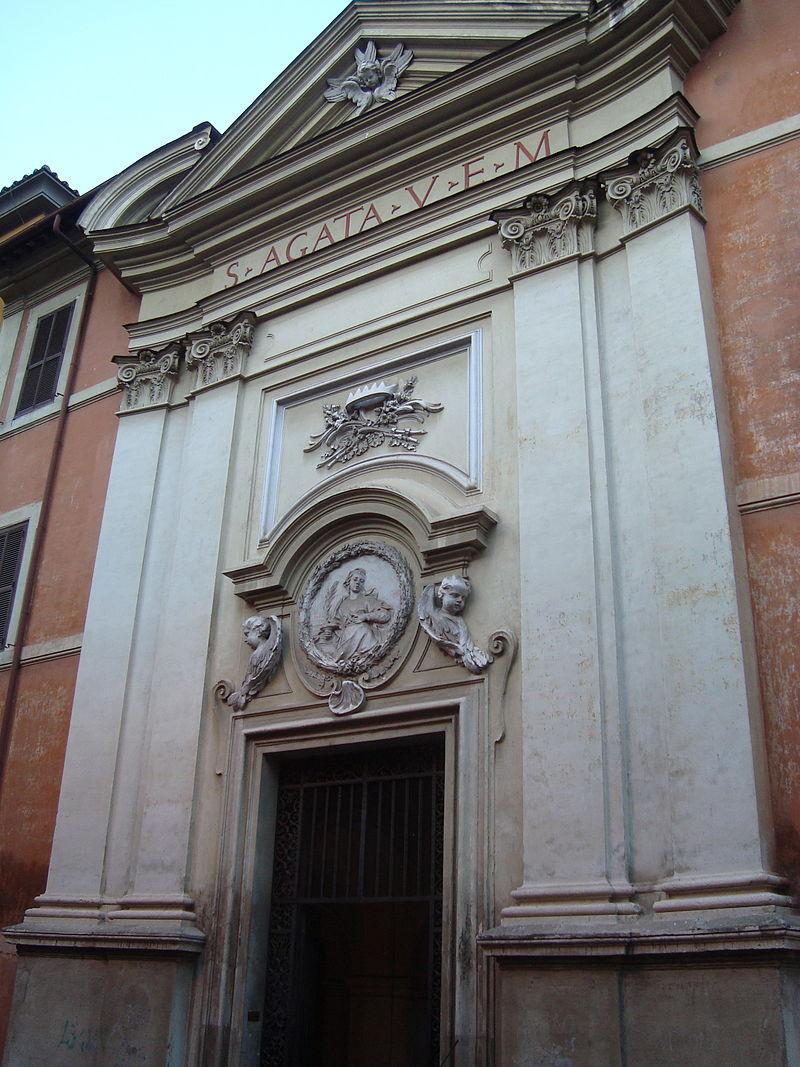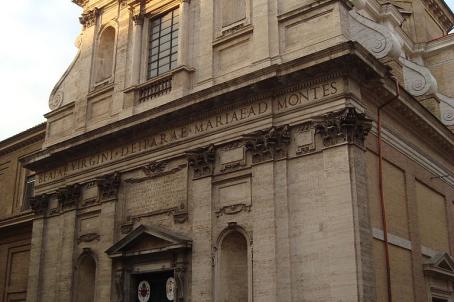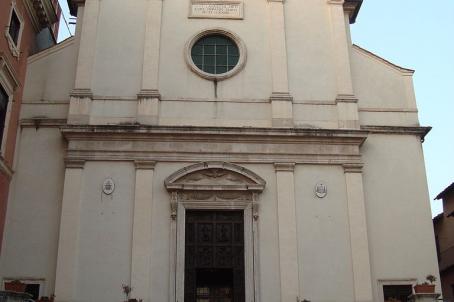Chiesa di Sant'Agata dei Goti
The church of Sant'Agata dei Goti was founded in the 5th century in Rome by the Romanized Germanic general Flavius Ricimer. It is the only example of an Arian place of worship in the Roman Gothic community that has survived into the present day. The beautiful votive mosaic dating from Ricimer was lost when the church fell into ruin in the 16th century. The present Sant'Agata dei Goti, under Villa Aldobrandini, is a reconstruction of 1633 with a new façade erected in 1729.






